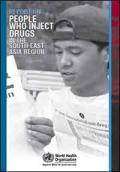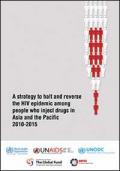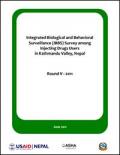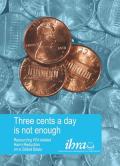Publications on People Who Inject Drugs (PWID)
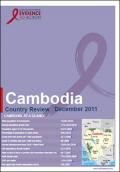
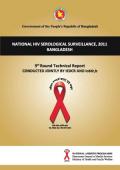

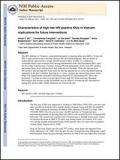
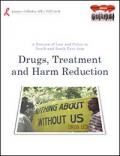
This paper is meant to provide a preview of law and policy on drug use and HIV in South and South East Asia, as it relates to interventions with people who use drugs. Besides cataloguing provisions relevant to people who use drugs and the availability of services for them, the paper flags concerns vis-à-vis health and rights of people using drugs that require further research and analysis. At the Consultation, the paper is expected to facilitate policy debate and advocacy with Parliamentarians.

HIV is a significant public health issue for Indonesia which, outside the Papuan provinces, has been largely driven by injecting drug use. The majority of people who inject drugs in Indonesia are men, so most of the research relating to HIV and injecting drug use has been with men. However, international experience identifies that the experience of women who inject is different to that of men and that gender-specific HIV prevention strategies are needed. Therefore, information about women who inject drugs in Indonesia is necessary for HIV policy and programs.
